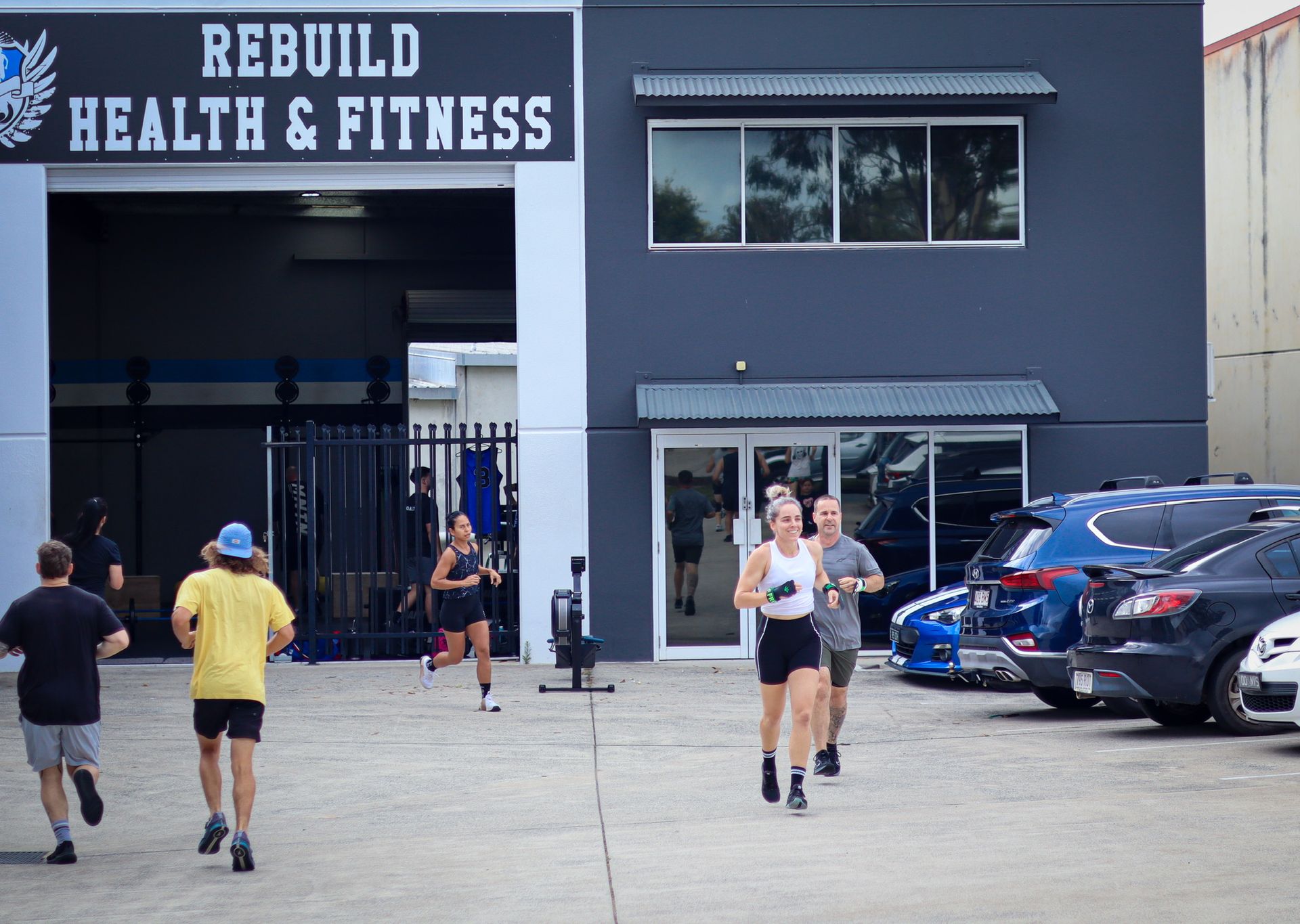Tips For Muscle Building And Fat Loss
1. Strength Training
Compound Exercises: Focus on multi-joint movements like squats, deadlifts, bench presses, and pull-ups. These exercises engage multiple muscle groups, making them efficient for overall muscle growth.
Progressive Overload: Continuously challenge your muscles by gradually increasing the weights or resistance you use. This encourages your body to adapt and grow stronger over time.
2. Optimal Nutrition
Protein Intake: Consume enough protein to support muscle repair and growth—aim for 1.6 to 2.2 grams of protein per kilogram of body weight each day.
Balanced Diet: Include a healthy balance of carbohydrates and fats to fuel your workouts and aid recovery.
Timing: Distribute protein-rich meals and snacks evenly throughout the day, especially around workouts, to maximize muscle protein synthesis.
3. Adequate Rest and Recovery
Sleep: Quality sleep is essential for muscle repair. Aim for 7–9 hours per night to optimize recovery and performance.
Rest Days: Schedule rest days to prevent overtraining. Your muscles need time to recover and grow.
4. Stay Hydrated
Water supports muscle function and recovery. Aim to drink 3–4 liters of water per day, adjusting based on your activity level and climate.
5. Consistency and Patience
Building muscle is a long-term game. Stay consistent with your training and nutrition, and be patient—progress takes time.
6. Mind-Muscle Connection
Be intentional during your workouts. Focus on the targeted muscle group and concentrate on the contraction during each rep to enhance muscle activation and effectiveness.
7. Variety in Workouts
Change your workout routine regularly to avoid plateaus and keep your muscles challenged in new ways. Variety helps stimulate growth and maintain motivation.
8. Supplementation (If Necessary)
Creatine: May improve muscle mass and performance during high-intensity workouts.
Protein Supplements: Helpful for reaching your daily protein goals, particularly when whole foods aren’t enough.
9. Consult a Professional
Working with a certified fitness trainer or nutritionist can provide personalized guidance based on your body type, goals, and experience level.
10. Monitor Progress
Track your workouts, weights, and body measurements. Regular check-ins help you make informed adjustments to your program for better results.
11. Avoid Overtraining
Too much training without enough recovery can hinder growth and increase your risk of injury. Listen to your body and prioritize rest when needed.
12. Healthy Lifestyle Choices
Limit Alcohol: Excessive alcohol can interfere with muscle recovery.
Manage Stress: Chronic stress can sabotage muscle growth. Incorporate practices like meditation, breathing exercises, or yoga to help manage it.
13. Post-Workout Nutrition
Consume a balanced meal or snack containing both protein and carbs within an hour after training. This supports recovery and replenishes glycogen stores.
14. Warm-Up and Cool-Down
Always begin workouts with a proper warm-up to prep your muscles and end with a cool-down to aid recovery and prevent injury.
15. Form and Technique
Prioritize good form and technique over lifting heavy weights. Proper form ensures safety and effectively targets the intended muscle groups.
By integrating these tips into your routine, you can optimize your efforts toward building muscle mass while supporting your overall health and well-being. Remember, consistency and dedication are the keys to success.
Previous Blogs


